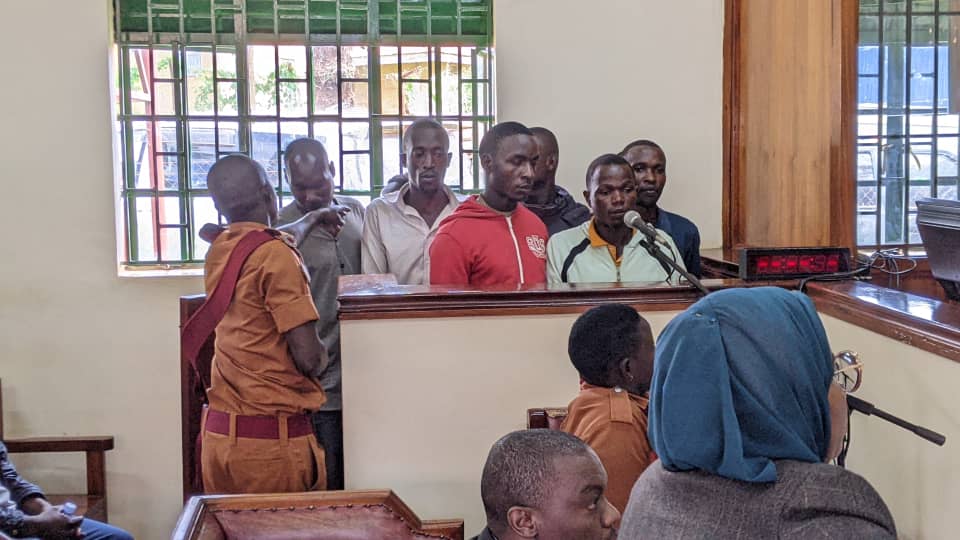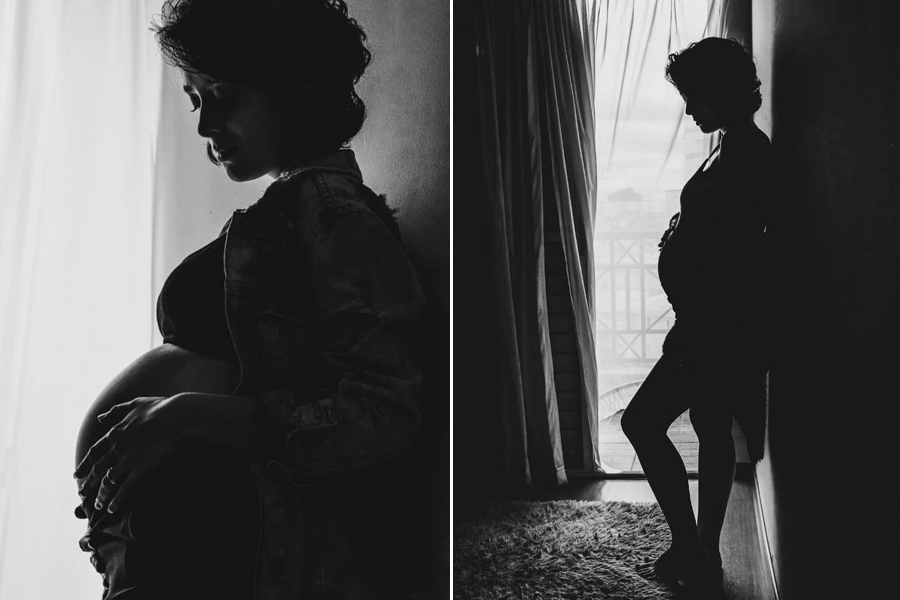My parting shot: Is Uganda’s curve really flattening?
Over the weekend, I had a long conversation with a friend who had a strange illness during the 2019 Christmas period. He developed an inner chest pain, fever, a strange cough and general body weakness. Upon getting results from the hospital, his checkup tests showed he had a bacterial infection. He was given pain killers. My friend had initially had a meeting with a business partner who is a frequent traveler and had just jetted into the country.
2 days before he fell sick, his business partner fell sick and had similar symptoms. Strangely, her body tests indicated malaria. To make it worse, her child fell sick too, and so did the nanny. All the 4 had same symptoms that lasted for more than a week, but were being treated for something different.
More than months later, President Museveni passed on directives to curb the spread of coronavirus. By this time, my friend, his friend, child and nanny had all recovered from the illnesses.
According to the South Morning China Post, A 55-year-old individual from Hubei province in China may have been the first person to have contracted COVID-19. That case dates back to Nov. 17, 2019, It is highly possible that coronavirus was imported into Uganda much earlier than we thought.
According to Quartz Africa, before the pandemic, on an average day, eight direct flights operated between China and African nations, a huge increase from less than a decade ago: In 2010, airlines averaged less than one flight a day. Direct airline flights between Africa and China had jumped over 600% in the past decade.
The president will soon decide on whether the lockdown should be lifted or not, but this entirely depends on how effective the measures have been, in combating the spread of the virus. Statistics from the health ministry show that 5,025 has since been tested and 54 turned out positive. Which raises the question, is the ministry testing the right people?
Recent tweets by Health Minister Dr.Jane Ruth Aceng and Dr.Diana Atwine are full of praises to the Lord for registering small numbers that test positive on a daily. Indeed we should thank the Lord, but also pray to the same Lord to give us the wisdom to test more people outside the quarantine, and gain more capacity to do mass testing or anti-bodies testing. According to scientists, that’s a more effective way to know who’s sick and who isn’t, instead of celebrating who has survived.
What We Can Learn from Singapore, Taiwan and Hong Kong About Handling Coronavirus?
It’s still too early for anywhere to declare victory just yet. But against the odds, these enclaves have succeeded at keeping their virus numbers low, despite their links to China.
In order to uncover COVID-19 infections that may have otherwise evaded detection, Singapore’s health authorities decided early on to test all influenza-like and pneumonia cases. They have also spared no pains in hunting down every possible contact of those infected. The process, which operates 24/7, starts with patient interviews, and has also involved police, flight manifests and a locally developed a test for antibodies, which linger even after an infection clears.
As we celebrate our low figures at 54, is Uganda’s curve really flattening? We can’t tell if we keep testing people only those in quarantine. It is about time to go more out of our way.
My friend, his friend, child and nanny have had their coronavirus tests taken, and none had turned out positive.













